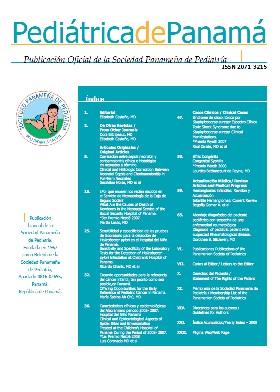World Rare and Orphan Disease Day
Authors
DOI:
https://doi.org/10.37980/im.journal.rspp.20222130Keywords:
World Day, Rare or Orphan DiseasesAbstract
A rare disease is one where the prevalence in the population is less than 1 case per 2000 inhabitants.
Rare diseases affect about 80% of the population, which estimates that worldwide there are 350 million people with rare diseases, according to the Spanish Federation of Rare Diseases (FEDER). Currently there are more than 6,000 known rare diseases, of which about 80% have a genetic cause.
February 29th is a day that appears every 4 years, called leap year. A perfect day to celebrate World Rare Disease Day and raise awareness of rare or orphan diseases.
The leap year was introduced in Europe with Julius Caesar in 46 BC with the astronomer Sosígenes, because the Earth takes 365, 2421 days exactly or 365 days 5 hours 48 minutes 45.25 seconds to complete the circle around the Sun, so every year a quarter of a day is added to the calendar. Julius Caesar decided to establish in the Julian calendar, that every four years we have 366 days and that extra special day is February 29, a symbolic way to associate this day with rare diseases.
The characteristic of rare diseases is that most of them are serious, chronic, degenerative and in many cases lead to disability.
Patients with rare diseases, being a minority, do not represent a priority in public health and pharmaceutical companies do little research to develop adequate treatment, so there is a need for laws that guarantee social protection to the population suffering from rare, infrequent and orphan diseases. Panama has Law 28 of October 28, 2014.
This February 28, 2023 is World Orphan Disease Day, so it is important to raise awareness among the population about rare diseases and reflect on the importance of equity in access to diagnosis, treatment and follow-up for these patients.
Downloads
Published
Issue
Section
License
Copyright (c) 2022 Infomedic InternationalDerechos autoriales y de reproducibilidad. La Revista Pediátrica de Panamá es un ente académico, sin fines de lucro, que forma parte de la Sociedad Panameña de Pediatría. Sus publicaciones son de tipo gratuito, para uso individual y académico. El autor, al publicar en la Revista otorga sus derechos permanente para que su contenido sea editado por la Sociedad y distribuido Infomedic International bajo la Licencia de uso de distribución. Las polítcas de distribución dependerán del tipo de envío seleccionado por el autor.






